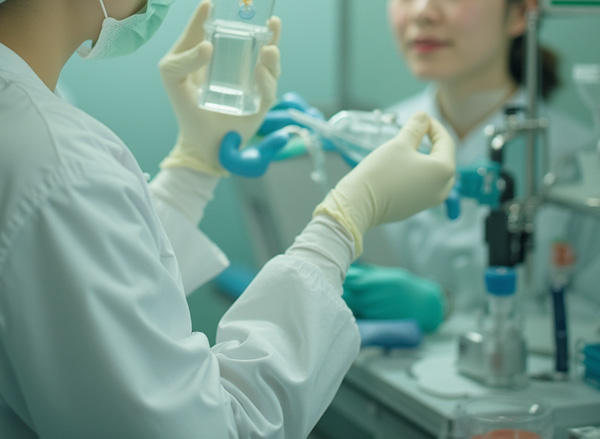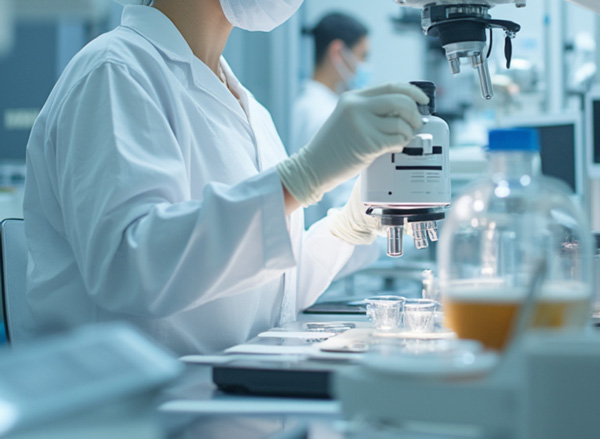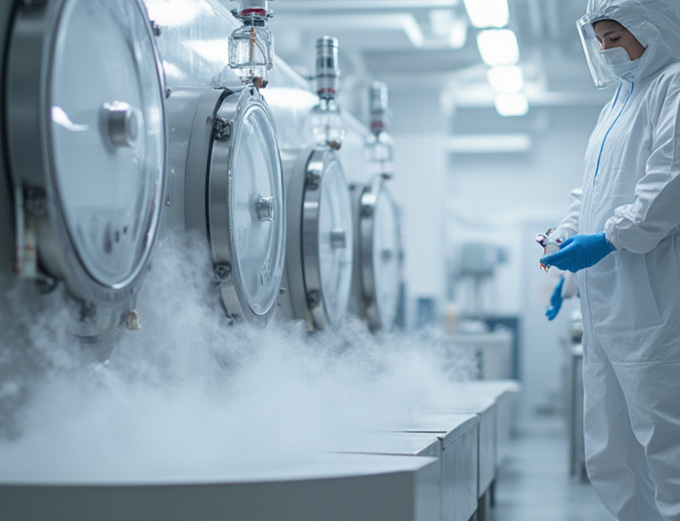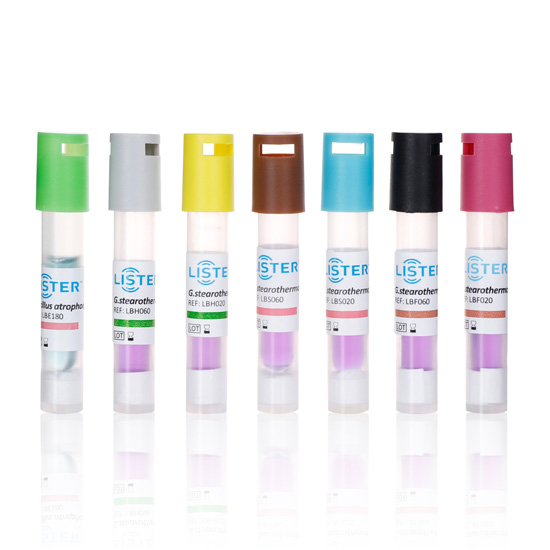The LBE180 Rapid Biological Indicator, when used with an automatic reader (incubation temperature 35-39°C), provides a fluorescence test result in a short period (LBE180-180 minutes) with an accuracy of ≥97%.
Address: Building 2, No.72 Shengli Road, Yixiu, Anqing, Anhui, China.
- Email: info@listerbiomed.com
- Phone: +86 556 5689070
Education
Biological indicators (BIs) provide the highest assurance of autoclave sterilization effectiveness by using live bacterial spores (Geobacillus stearothermophilus) as a direct challenge.
Past mistakes and misstatements have adversely influenced industry decontamination practices with vapor phase hydrogen peroxide, and this article endeavors to clarify the process.
Regulatory Basis: Sterilization efficacy monitoring should be conducted in accordance with WS310.3 "Central Sterile Supply Department (CSSD) - Part 3: Surveillance Standard for Cleaning, Disinfection and Sterilization" and the guidance provided in the sterilizer user manual. Monitoring Content: Physical monitoring, chemical monitoring, and biological monitoring.
Biological Indicators (BIs) are critical tools for validating sterilization processes. Their core component is specific types of bacterial spores, selected for their extreme resistance to sterilization conditions. These spores simulate the hardest-to-kill microorganisms, ensuring the effectiveness of sterilization. Below are the common bacteria used in BIs and their applications:
In hospitals, where infection control is paramount, biological indicators (BIs) serve as critical tools to validate the effectiveness of sterilization processes. Steam sterilization, used for surgical instruments, implants, and other medical devices, must consistently achieve sterility to prevent healthcare-associated infections (HAIs).
Steam sterilization, commonly known as autoclaving, is a cornerstone of infection control in healthcare, pharmaceuticals, and laboratory settings. While physical and chemical monitoring methods (e.g., temperature, pressure, and indicator strips) provide real-time data, biological indicators (BIs) remain the gold standard for validating the efficacy of sterilization cycles.
In sterilization and disinfection processes, ensuring effectiveness is non-negotiable.Two primary tools for this purpose are biological indicators (BIs) and chemical indicators (CIs).While both serve critical roles in quality assurance, they differ fundamentally in design, function, and reliability.








